EQing individual bass notes
After reading your bassline equalisation advice, I’m curious because of the different harmonic positions relative to the note frequency, if you have a baseline that changes notes, should you / would you gain any benefit from having each note on a unique track with separate EQ, or automating the EQ to respond based on the note sequence? Or is that just overkill?
Michael Roy
To EQ or not to eq each individual note depends on the genre you working on and the results you’re aiming for.
For example, if you have a kind of a soft, smooth, and groovy bass like typically used in Full-On or House music, it’s probably not worth it:
On contrast, if you aiming for a really crispy and punchy bass that typically used in Progressive-Psy or Uptempo Psychedelic, then I would say a yes to extra EQing:
Now I would like to share some tips on how to use different bass notes with each individual EQ.
First of all, having several MIDI channels with different bassline notes is certainly overkill. For every tiny change in the bass sound you would need to change it manually on the other channels as well. It’s also not convenient working with MIDI that way and not efficient for the computer resources.

And what if your bassline MIDI pattern is going crazy with changes every 1/16th notes? In case of having a unique track for each bass note, it’s simply impossible:

A good solution that I’ve been personally used for years is using resampling. Just put an EQ on the bass channel, resample that one note as a piece of audio. Then put an EQ with different settings for another note, resample it. And repeat for any other notes. I know it sounds like a huge amount of work when you read it, but in fact, it takes just a few minutes tops if you know your DAW well.
Eventually, you should audio samples for each note. Like this:
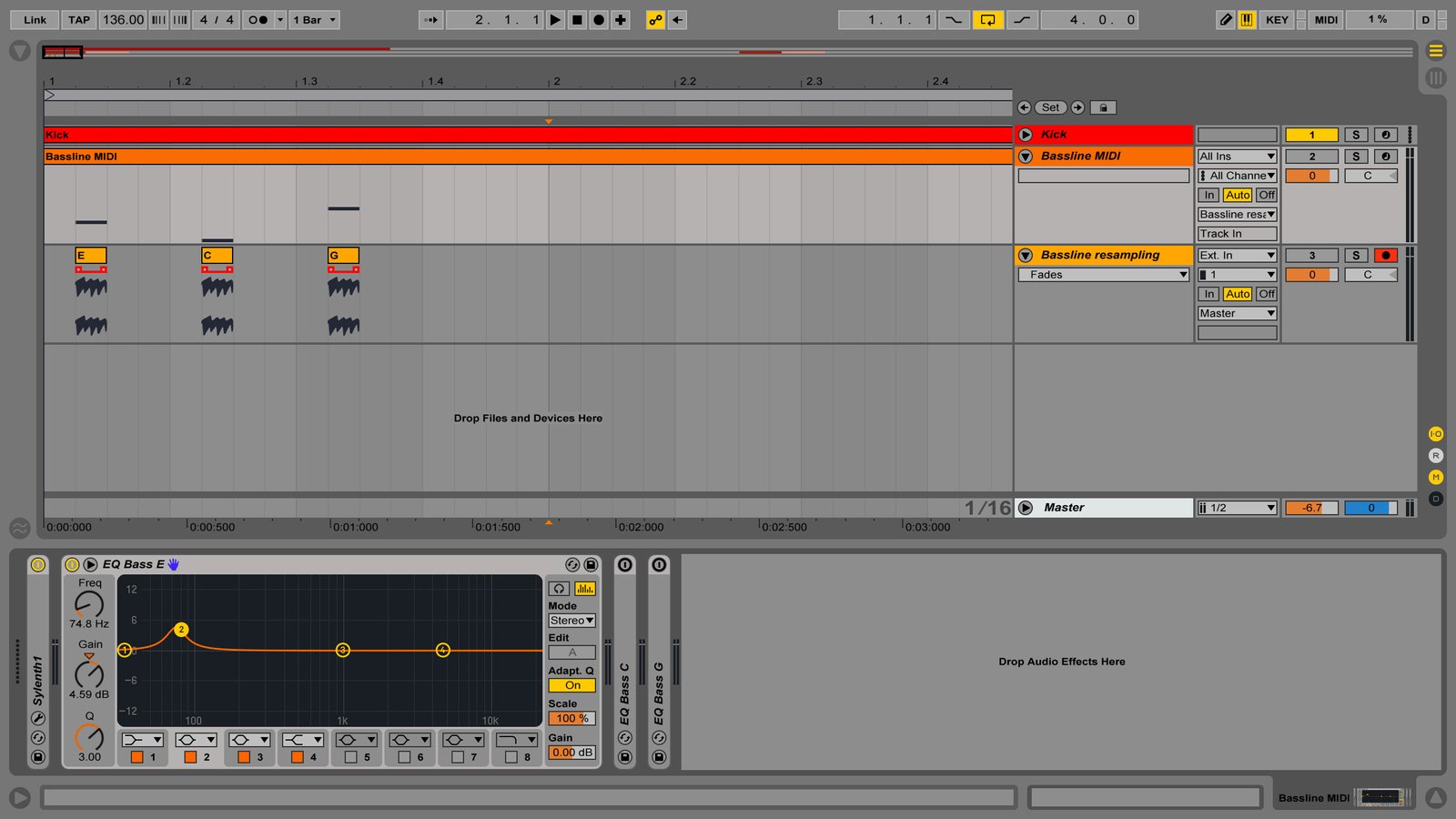
Now create a new MIDI channel and add these samples into a new Drum Rack:
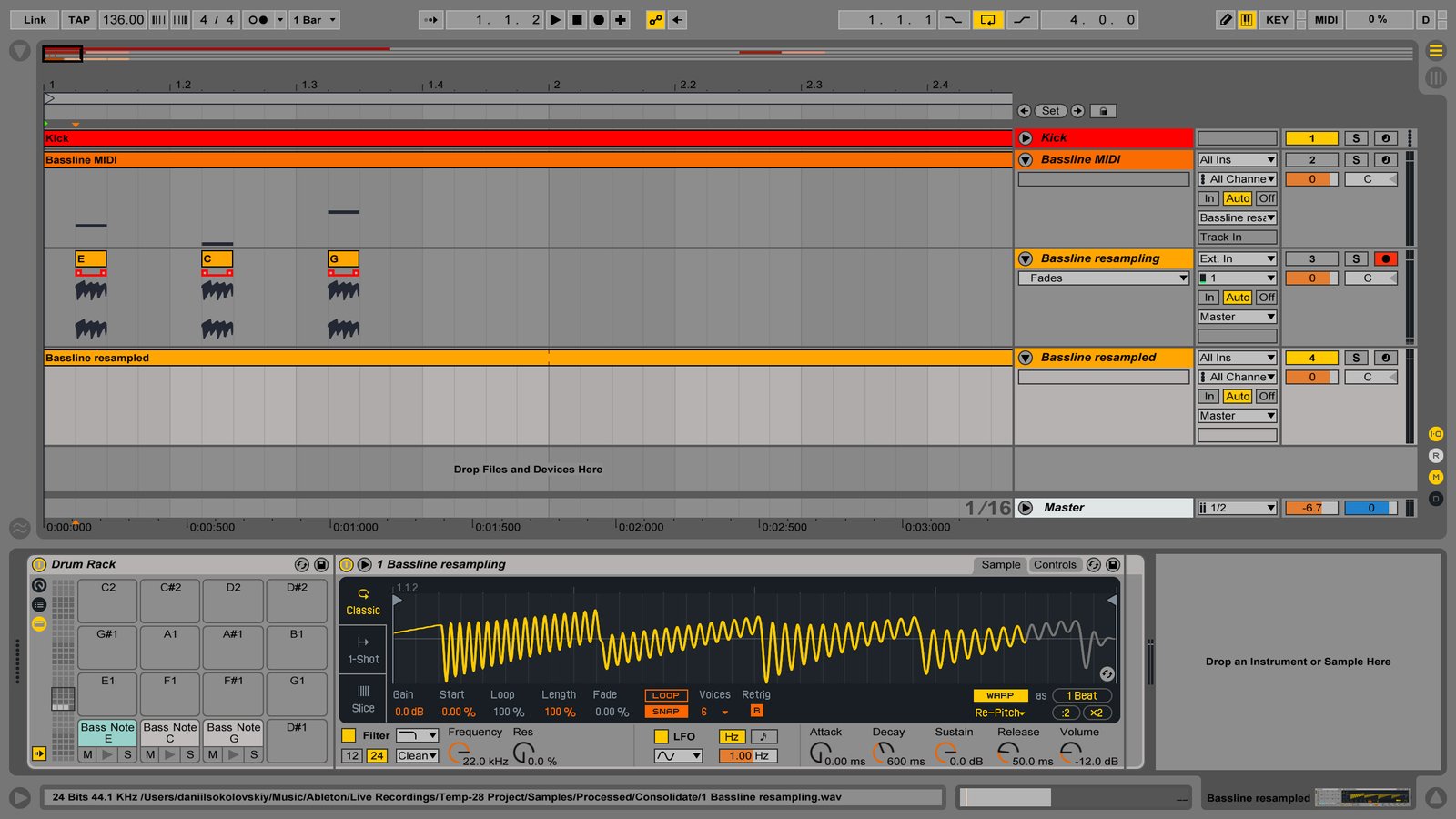
And now create a new MIDI clip and draw any pattern using these samples, as easy as it gets:

You can hear this technique in action in any of my productions which has that kind of “jumping” bass pattern, for example, like in Structured Chaos:
I hope it makes sense.


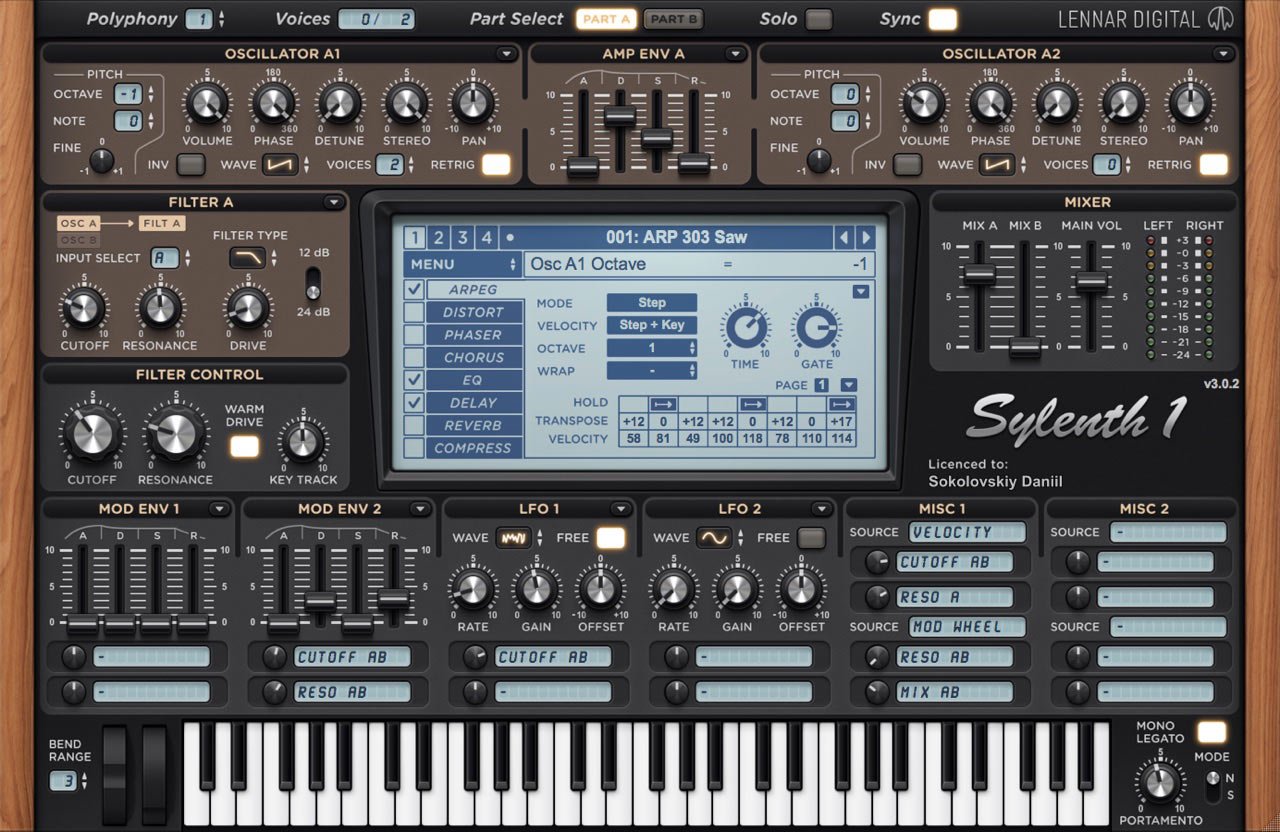
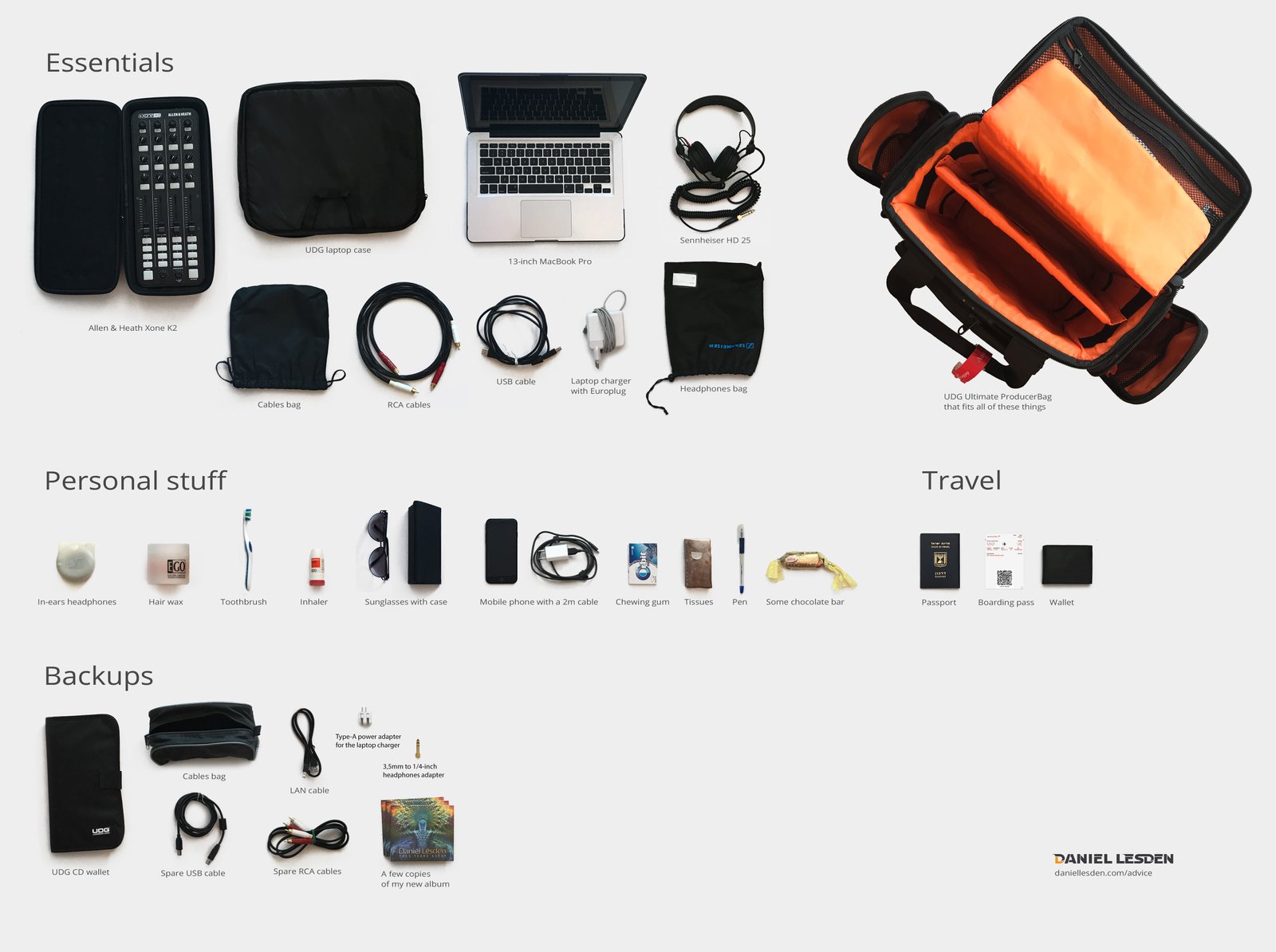
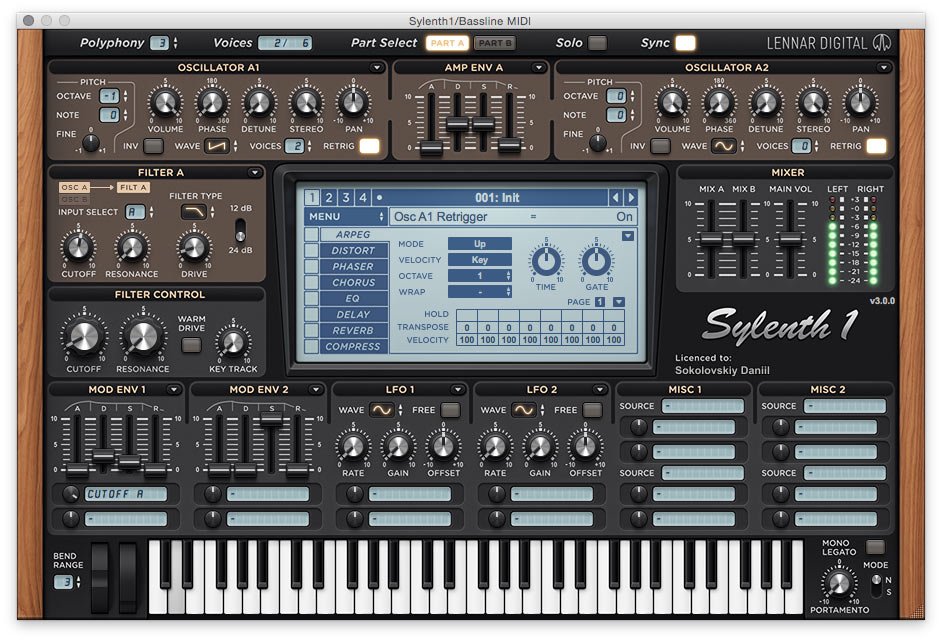
I enjoy your weekly advice very much and read it religiously.
Could you elaborate on clap and percussive section, specifically transients, and compression?
I’m glad you find it useful :-) So what about the claps and percussions, exactly? Please describe your question or the issue you have in all details here: http://daniellesden.com/advice/ask
Really really helpful,
lots of good tips & tricks on this website.
Thanks for sharing